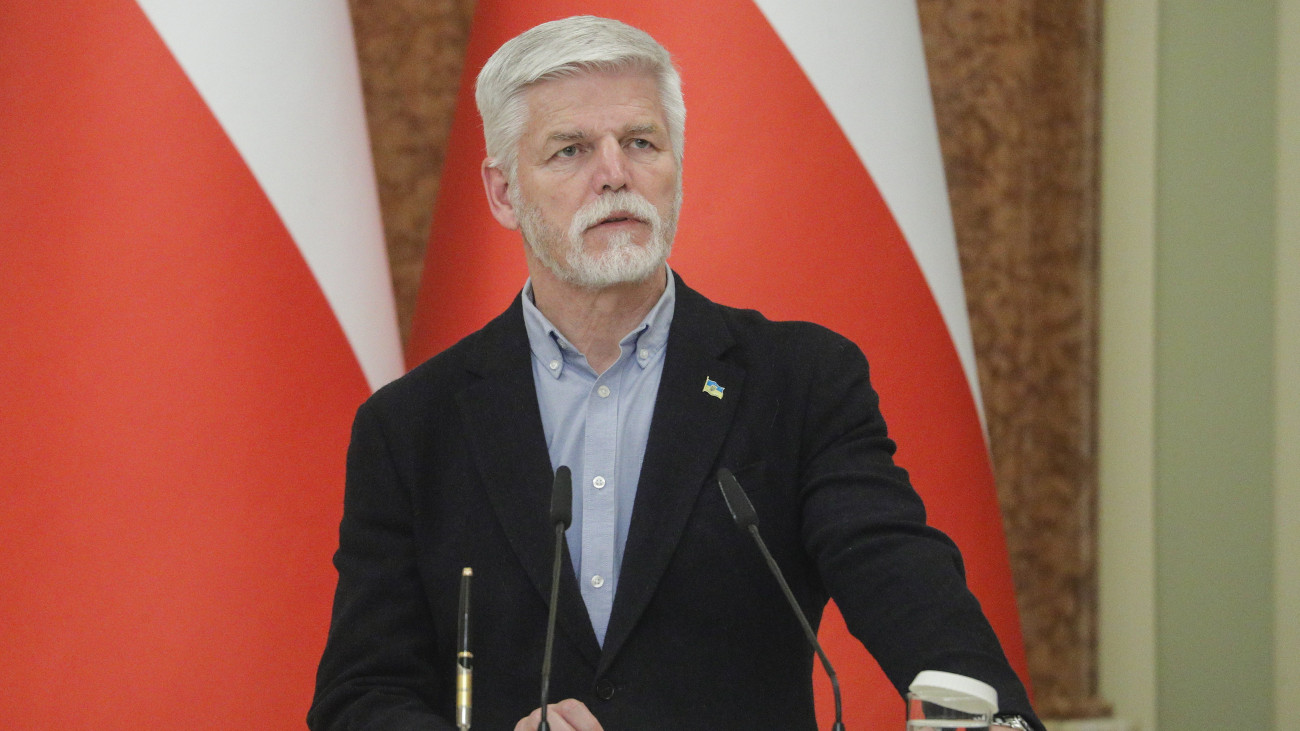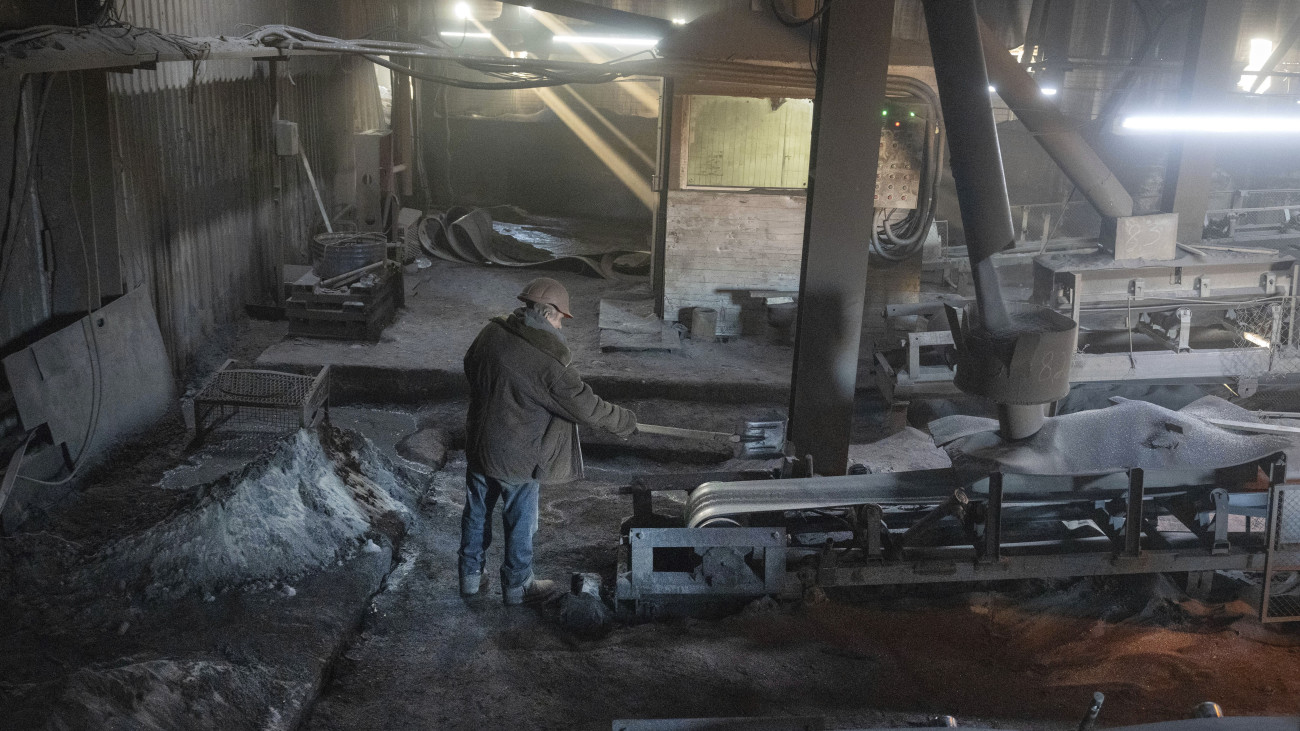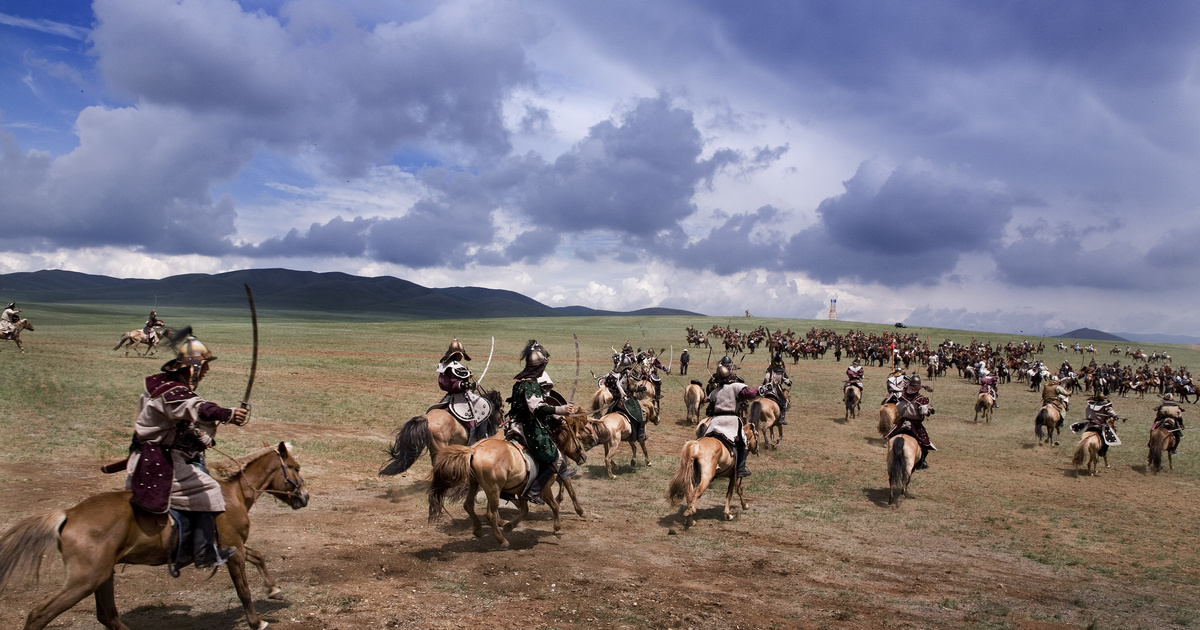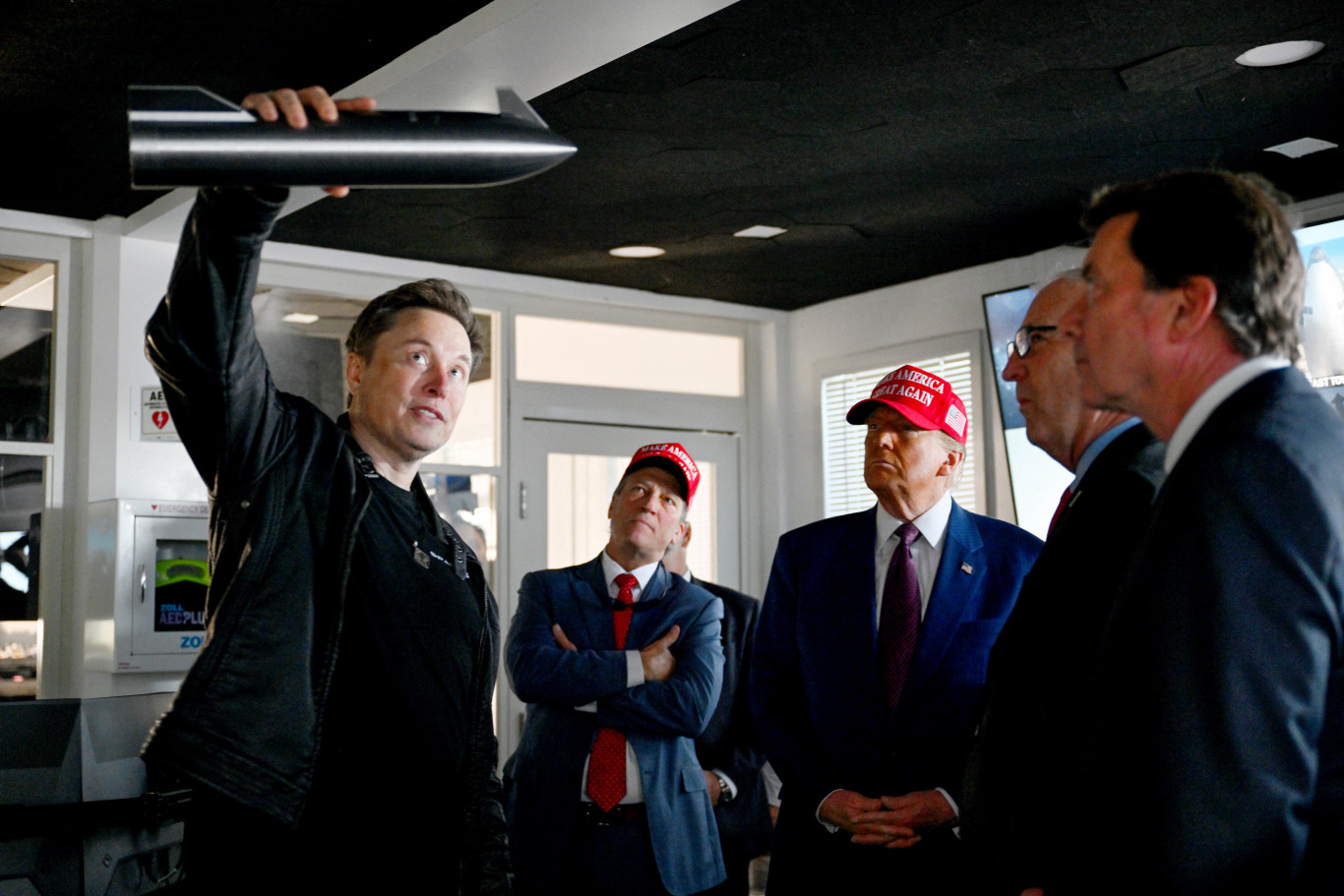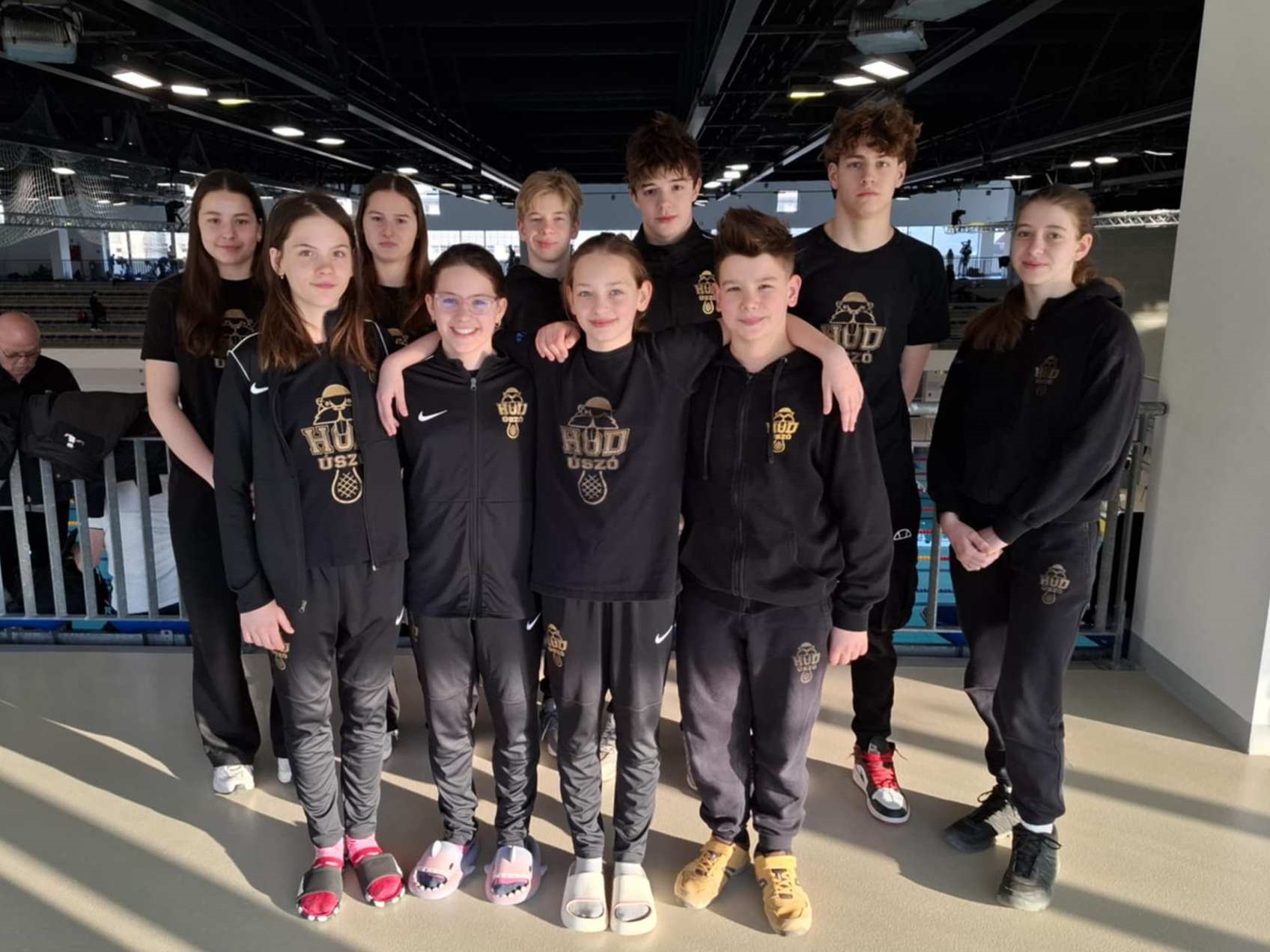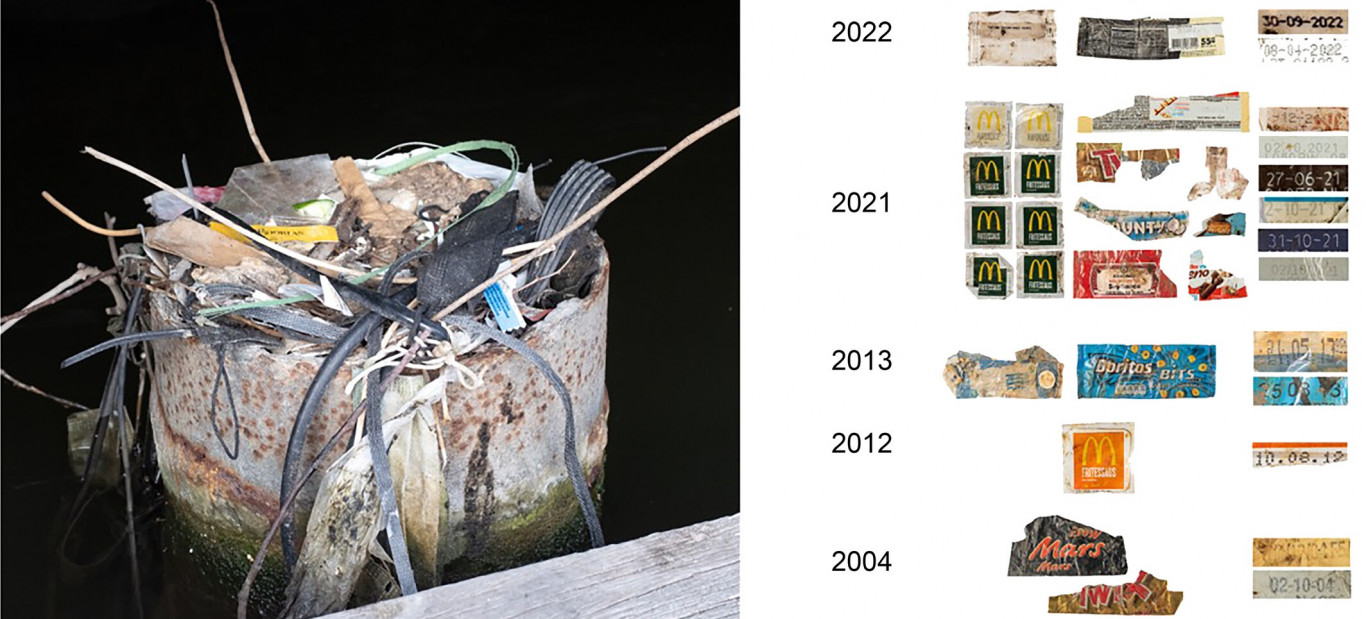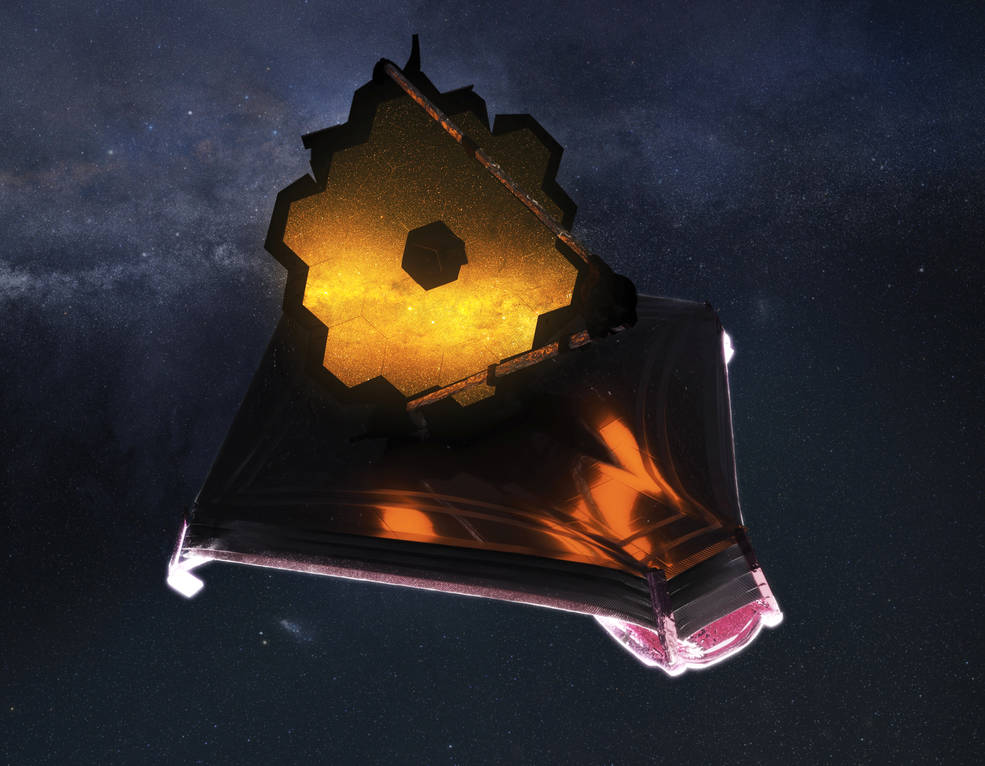On Friday, July 8, NASA published the first five targets of the James Webb Space Telescope, which the space agency will announce during a press conference on Tuesday, July 12. One of the photos will be published on Monday evening around 11:00, with the participation of US President Joe Biden.
The five goals are:
- The Carina Nebula: A stunning interstellar gas cloud 7,600 light-years from Earth in the constellation Carina, visible from the Southern Hemisphere. Star formation still occurs in the Carina Nebula, and this nebula is home to many young, massive stars. Among them is éta Carinae, a mass a hundred times larger than the Sun, a known volcanic variable star that erupted in the 19th century. During its great eruption in the middle of the twentieth century, it shone for some time as the second brightest star in the sky.
- WASP-96 b (spectrum): WASP-96 b is an exoplanet orbiting a star 1,150 light-years from Earth, with an orbital period of only 3.4 days. A representative of hot Jupiter (although its estimated mass is half that of our Jupiter).
- NGC 3132 (Southern Ring Nebula): There is a vast planetary nebula, about half a light-year in diameter and about two thousand light-years from our planet (that is, a cloud of matter thrown out by a dying low-mass star around the white dwarf that remains from the star). In the southern sky in the constellation Vitorla.
- Stephen Fife: The famous quintet of galaxies in the constellation Pegasus. One, the blue-tinted NGC 7320, is actually a foreground galaxy, which can be seen by chance in the direction of the cluster; In fact, he is much closer than the other four members of the quintet.
- SMACS 0723: A massive, relatively close group of galaxies, which, through the influence of gravity, magnifies the image of the more distant and fainter galaxies behind them as a lens.
Ad text and broadcast links over here can be found, we will update our post tomorrow.
Suspension




